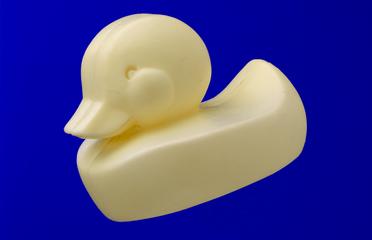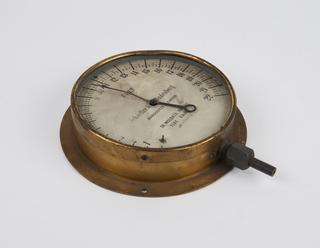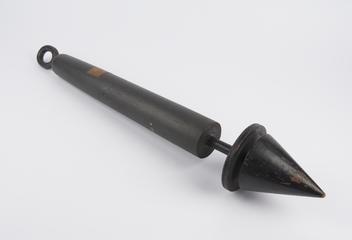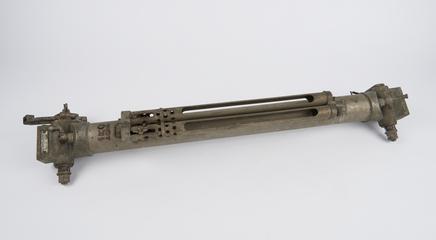
Detaching claws and sinker weight for depth sounding, made by Carmelo Bonnici
- Made:
- 1857 in Mediterranean Sea










Detaching claws and sinker weight for taking soundings of the sea floor, designed by blacksmith Carmelo Bonnici, used in the Mediterranean Sea survey, 1857.
Submarine cable laying operations provided an impetus for the study of the ocean floor. It was not only important to obtain accurate measurements of the depth of the sea bed, but also samples of the ground over which cables were to be laid, and sea bed temperatures (which affected the insulating properties of the gutta percha insulation of cables, and thus signal transmission times). Such expeditions resulted in innovation in the methods used for sounding and sampling.
This device was designed aboard HMS Spitfire, a paddle steamer commanded by Captain T. A. B. Spratt, involved in hydrographic surveying for the British navy. In 1855, the ship was engaged in a surveying operation to prepare for the installation of a submarine telegraph cable between Varna and Balaklava (now part of Sevastopol) on the Black Sea coast during the Crimean War. The ship’s blacksmith, Bonnici, devised a means of detaching the heavy weight used to sink a sounding device so that it didn’t need to be hauled back up to the ship once the measurement was made. His invention was a set of mechanical claws that released the weight – a cannonball – once it reached the sea floor.
This particular example was used in a survey of the Mediterranean Sea in 1857, also an active site of cable laying at the time. That year a cable was laid to connect Sardinia with Malta and Corfu.
Details
- Category:
- Oceanography
- Object Number:
- 1876-830
- Materials:
- brass (copper, zinc alloy), copper (metal) and fibreglass
- Measurements:
-
overall: 590 mm x x , 205 mm, 2.43kg
- type:
- sounder and sea bottom sampler
- credit:
- Admiralty Hydrographic Department




